Foreword
Welcome to the 2024 Q1 Protocol Report. This report provides a comprehensive overview of the significant milestones and achievements on the Helium Network in the first quarter of 2024.
For more frequent updates, subscribe to Helium Packets, our monthly newsletter. The Protocol Report will be produced and published by a third-party research firm going forward. Subscribe to the Helium Foundation monthly newsletter.
Introduction
The Helium Network has seen considerable growth since the turn of the year. The MOBILE Network saw significant user growth including increases in HNT and Data Credit burn, while the IOT Network continues to scale up in use from municipalities and IoT solutions providers with a variety of novel use-cases. This report primarily covers the first quarter of 2024, some sections include updates and information extending into early May 2024.
The Helium Foundation, the author of the quarterly protocol report, is a 501(c)(6) not-for-profit dedicated to the mission of ubiquitous, secure, and cost-effective wireless connectivity. As the steward of the Helium Network—the world's largest decentralized wireless network—the Foundation educates the public about the benefits of peer-to-peer wireless networks, facilitates Helium Network governance, drives ecosystem growth, and steers protocol engineering, all in service of the Helium mission to better connect the world.
Network Activity Highlights Since January 1st
HNT Burn From Jan 1 to May 16, 2024
Nearly 160,000 HNT has been burned since the beginning of the year, which calculates to over $1.47M spent acquiring Data Credits for use of the Helium Network.
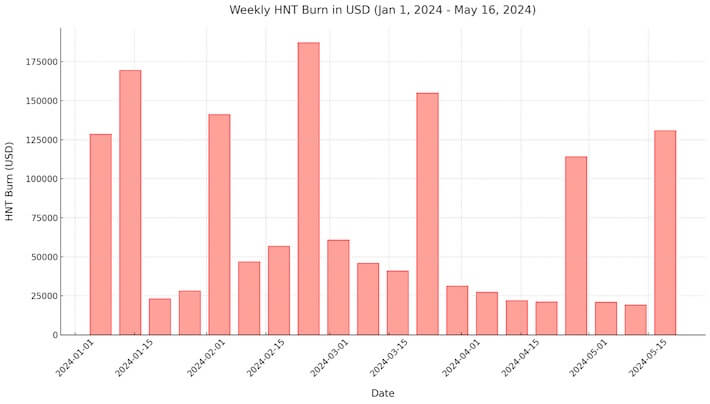
DC Burned for Network Use
The MOBILE Network continues to see the vast majority of Data Credit burn, almost entirely attributable to the Helium Mobile carrier.
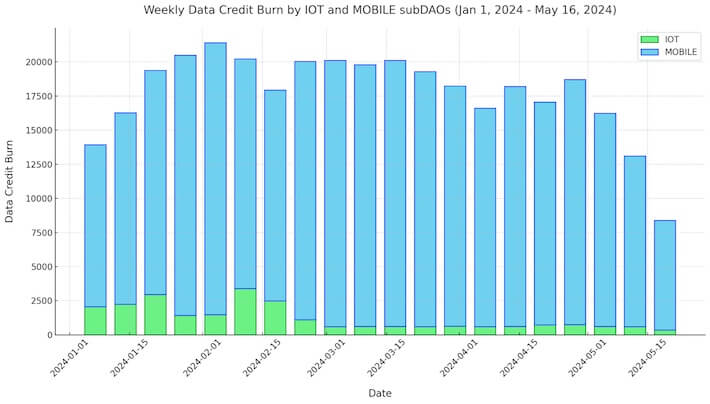
MOBILE Network Subscriber Growth
Approaching 100k subscribers, the Helium Mobile carrier continues to drive strong user growth on the MOBILE Network since Q4 of last year.
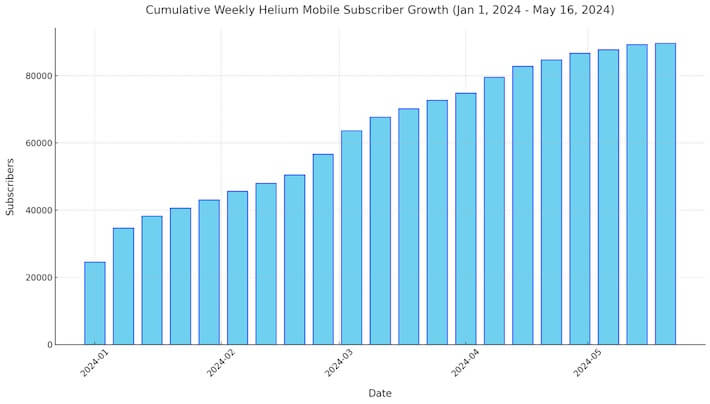
Executive Summary
IoT Network
The Helium Network continues to enable connected solutions that provide better physical world data for cities, historical artifacts, supply lines, and more. Greenmetrics.ai, in partnership with the City of Porto, has deployed IoT solutions to enhance flood resilience, leveraging Helium's extensive network coverage with minimal additional infrastructure. Similarly, EU based Heliotics uses the Helium IOT Network for connected sensors in museums and libraries to monitor environmental conditions, preserving valuable collections with efficient, low-impact technology.
Particle, a large player in connected hardware, introduced their M-Series platform, integrating LoRaWAN connectivity with existing WiFi, Cellular, and Satellite options, including Helium as one of their key networks. Skynet, a host network specializing across urban, rail, and offshore, has expanded its maritime reach by integrating with Helium, providing reliable, low-cost connectivity along the North Sea and Florida coast. These initiatives demonstrate the Helium Network's versatility and effectiveness in supporting diverse IoT applications, from urban resilience and cultural preservation to industrial and maritime innovation.
The IOT Network continues to show growth in unique Network Operators, this is tracked within the Helium ecosystem as OUIs (Organizationally Unique Identifiers). These organizations are purchasing traffic for private use or across mixed networks such as roaming. Since the beginning of 2024, 15 new OUIs have been issued, totaling over 100 organizations running applications and solutions on the Helium IOT Network.
The Helium community took a leadership position in LoRaWAN to reduce fragmentation across the African continent with the passing of HIP 100, which standardized EU868 as the single regional frequency plan. The Helium Foundation and the community will work with the LoRa Alliance, local infrastructure and regulatory agencies to continue promoting a single standard throughout Africa.
MOBILE Network Highlights

The MOBILE token was listed on Coinbase on Feb 5, 2024, opening up more accessibility for the US community.

In early 2024, Telefónica and Nova Labs partnered to launch Helium Mobile Hotspots in Mexico, significantly improving coverage in key areas such as Mexico City and Oaxaca. This initiative allows Telefónica customers to offload mobile data seamlessly, enhancing connectivity in underserved regions. Additionally, Helium Mobile introduced an International Roaming plan on March 19, 2024, offering flexible data options without daily fees.
On April 29, Biscayne Park's village manager, Chris Truitt, highlighted Helium Mobile's potential to cut employee phone plan costs by up to $2,000 monthly. There are other municipal partnerships expected to follow in the near future. Helium Mobile's resilient network is crucial for maintaining connectivity in hurricane-prone Florida, providing a reliable alternative to traditional cell towers and ensuring better communication for first responders.
The recent Helium Improvement Proposals (HIPs) underscore a strategic shift towards targeted growth in the Helium MOBILE Network. HIP 84, implemented on February 14, 2024, allows service providers to boost coverage in specific areas based on subscriber demand by burning $MOBILE tokens. This initiative aligns Hotspot deployment with network demand, optimizing coverage and rewards. Complementing this, HIP 103 introduced three new Oracles to assign multipliers based on urbanization, traffic, and land type, incentivizing deployments in urban and high-traffic areas while discouraging coverage in unpopulated regions. Additionally, HIP 105 ensures a more equitable distribution of coverage rewards by differentiating between Wi-Fi and CBRS signals. Finally, HIP 109 builds on HIP 84 by enabling providers to specify the type of deployment for hex boosting, further refining targeted growth strategies in key areas like Miami, LA, and Mexico, with plans to expand to NYC.
HNT Meta-Governance Highlights
Modular Governance: On February 7, 2024, the Helium Network fully transitioned to Modular Governance, which can be experienced at Heliumvote.com. This platform replaces the previous Realms system, enabling more technical flexibility and an improved user experience. Read more about Modular Governance built by the Helium Core Developers.
Proxy Voting: Helium boasts one of the most active and distributed communities with respect to protocol governance. HIP 110 was introduced to scale network governance through proxy voting whereby network participants can assign their voting power to another participant. The community vote passed on April 23, 2024 for IOT and MOBILE and May 10, 2024 for HNT. By allowing voters to delegate their rights to trusted wallets, the community can better scale and strengthen Helium Network governance.
IOT Network
Use Cases
Greenmetrics.ai's partnership with the City of Porto
Greenmetrics.ai provides customized IoT solutions to turn data into real-time decisions to optimize resource usage and mitigate climate change risks by leveraging the Helium Network.
On Jan 30, 2024, Greenmetrics.ai announced their partnership with the city of Portugal is live! A historic city in Portugal known for its beauty and charm to build resilience against floods and extreme weather events. Any Helium Hotspot operator in Porto is directly helping their city.
Flood detection has emerged as a priority for city organizations as extreme precipitation events are becoming more frequent and unpredictable. Early detection can lead to mitigation of flood damage, timely alerting and evacuation of impacted citizens, and data-driven decision-making.
In February 2023, Greenmetrics.ai began a pilot with the City of Lisbon's Civil Protection Agency, deploying leak detection and LiDAR sensors to monitor high-risk flood areas and drainage systems.
When the Rua da Prata flood occurred on May 23rd, 2023 between 5-6pm, the rainfall recorded upstream of the City of Lisbon was the equivalent to +30% of the historical monthly average. GreenMetrics sensors detected a 10x increase in underground water level. A flood in Lisbon's downtown area began 15 minutes later.

The Director of the Civil Protection Agency was promptly alerted of flood conditions by the city monitoring system when the sudden increase took place, and a team was sent to observe and address the flooding. Read more on X.
Greenmetrics also collaborated with the Portuguese Nature Conservation Institute to gain insights into the secret lives of the Iberian Lynx. This partnership aims to uncover new data on this elusive species, enhancing conservation efforts and fostering a deeper understanding of their behavior and habitat. Watch the full video.
Heliotics IoT Solutions for Museums and Libraries
In a recent Heliotics blog post, the team announced an exciting new initiative focusing on the deployment of IoT solutions for ambiance monitoring within museums. By using LoRaWAN sensors to track temperature and humidity, this technology aids in both the preservation of exhibits and the enhancement of visitor experiences. It demonstrates the effective integration of IoT in maintaining optimal environmental conditions in museum settings. The approach requires minimal adjustments to existing infrastructures, highlighting the efficiency of IoT implementations in cultural institutions.

Vastum IoT Enhances Waste Management in Slovak Hospital
Heliotics' Vastum IoT, a cutting-edge waste management solution, is significantly improving operations at a Slovak hospital. The system utilizes smart bottle-style waste containers to ensure timely and necessary waste collection, optimizing the entire process. This initiative, supported by SlovakDRS, not only streamlines waste management but also contributes positively to the local waste balance by promoting the recycling of returnable bottles and cans, aligning with sustainability goals.
Smarter Agriculture on Helium – Tracking Livestock Health with BrDot
BrDot has improved its ability to track livestock thanks to the Helium Network. By integrating advanced tracking solutions, BrDot is enabling early detection and treatment of livestock illnesses, which can lead to more efficient agricultural operations and lower resource expenditure. This development is a result of a partnership with Centro Universitário Católica do Tocantins (UniCatólica) and AR Inovações, who have created biocapsules for monitoring dairy cows, paving the way for more sustainable and productive agricultural practices.
“The goal is to identify sick cows early, treat sick cows early, prevent the spread of disease, protect the food supply, and improve animal welfare.” – Rodrigo Junco, co-founder of BrDot.
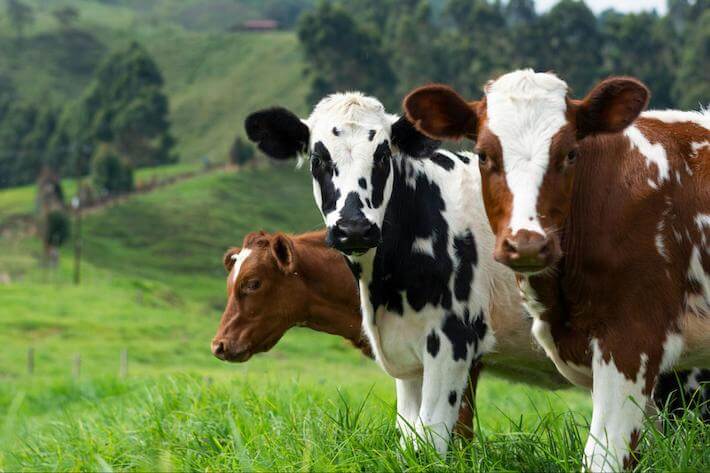
Read more on the Helium Foundation blog.
Growth
Particle M-Series
Particle announced its M-Series on February 22, 2024. Their new platform adds LoRaWAN connectivity to their portfolio of products. Particle is a full-stack IoT Platform-as-a-Service that's helped some of the most innovative companies in the world reprogram their businesses. With over 240k developers and 160+ enterprise customers on Particle, from fast-growing startups to Fortune 100 companies use Particle.
This is exciting news for the developer community. Wireless applications can now be built using WiFi, Cellular, Satellite, and LoRaWAN connectivity seamlessly. “Helium adds network redundancy to the existing infrastructure.”—Zach Supalla, Founder and CEO of Particle.
Learn more about Muon, Particle's latest multi-radio development board for rapid prototyping.

Skynet IoT roaming on the Helium IOT Network
SkyNet IoT is now roaming on the Helium IOT Network, enabling connectivity across the North Sea and Florida coast. This expansion bolsters the utility of the Helium IOT Network by providing more low-cost wireless options specifically for the maritime industry.
SkyNet IoT's integration with Helium brings a significant advancement in low-cost connectivity solutions, making it a pivotal moment for the industry. Maritime applications can now leverage WiFi, Cellular, Satellite, and LoRaWAN connectivity effortlessly.
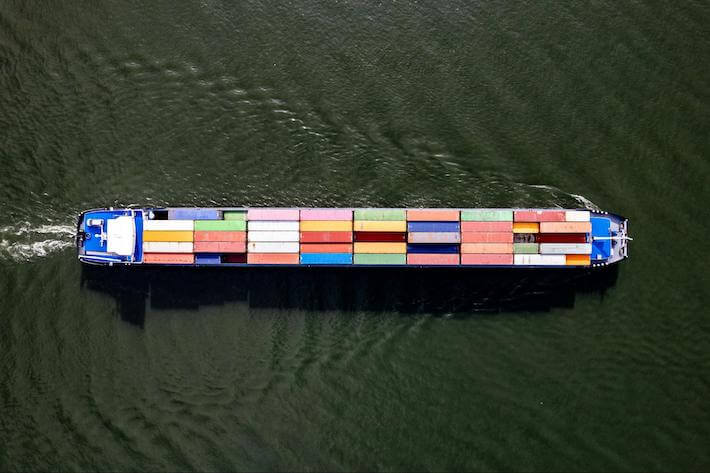
“The synergy of SkyNet IoT and the Helium Network strengthens our position as leaders in advancing IoT connectivity on a global scale,” said Remy De Jong, SkyNet IoT Founder. “We are building much-needed wireless infrastructure along the major coasts and harbors to gather real-time intelligence that ensures the safety of the people who live and work in these areas.”
Learn more about this collaboration and its impact on the maritime industry by reading the full article in the news.
Protocol Developments
Hip 102 - An important update introduced the Educational LoRaWAN Network Server (LNS) for educational use, providing a valuable entry point for developers to experience the Helium IOT Network. This server is configured for easy sign-up, requiring only an email, and permits device operation for one day. This initiative aims to foster exploration and learning within the network.
Hip 91 - To incentivize Hotspot relocation and gather data, the reassertion price for location changes was temporarily reduced from $10 to $5. This proposal, which concluded on January 20, 2024, aimed to drive Hotspot redeployment to new geographies. The network has since reverted to the standard $10 fee for location changes.
Hip 104 - To address the increased Hotspot density in urban areas, reward scaling adjustments were made, reducing rewards in densely populated regions and increasing them in rural areas. This shift aims to incentivize Hotspot deployment in rural and underserved areas, promoting balanced and widespread network coverage. The updated reward mechanism is expected to significantly enhance network reach and performance.
Hip 106 - A new requirement for Hotspots to provide bidirectional coverage was implemented, shifting the metric from the denylist to the Proof-of-Coverage (PoC) pipeline. This change ensures that Hotspots can both send and receive LoRaWAN packets, improving network reliability. Community tools support this implementation, helping Hotspot owners validate their PoC activity and make necessary adjustments.
IOT Governance Updates
Governance improvements were made with the appointment of 10 new members to the IOT Working Group on April 2, 2024. This group, with staggered six-month terms, balances experienced members with fresh perspectives, ensuring dynamic decision-making to guide the network's direction. The new members bring a mix of expertise and vision, important for shaping the future of IoT connectivity.
MOBILE Network
Google and Helium Mobile Launch Phone, Service & Hotspot Bundles
Announced on Feb 13, Helium Mobile by Nova Labs partnered with Google to bring the ultimate combo of Pixel phones, Helium Mobile service, and Helium Mobile Hotspot for their subscribers. Helium Mobile and Google redefines what it means to be connected.
Helium Mobile by Nova Labs Announced International Roaming
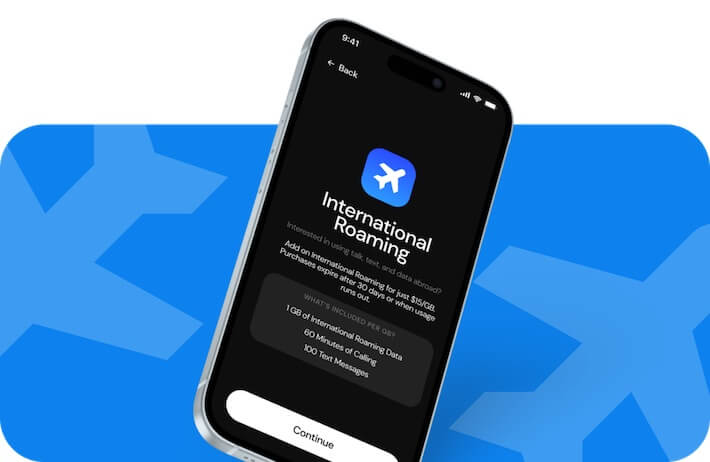
On March 19, 2024, Helium Mobile by Nova Labs announced that the Helium Mobile subscribers can go global with International Roaming. Rather than paying a daily fee, Helium Mobile's International Roaming plan maximizes subscriber flexibility, you can buy as much or as little data as you need.
1 gigabyte (GB) of data is $15; each GB of data includes 60 minutes of calling and 100 texts so you can make restaurant reservations, receive and reply to banking alerts, and text all of your friends about how jealous they should be of your fabulous vacation.
Read more in their Helium Mobile blog post.
Village of Biscayne Park Partnership
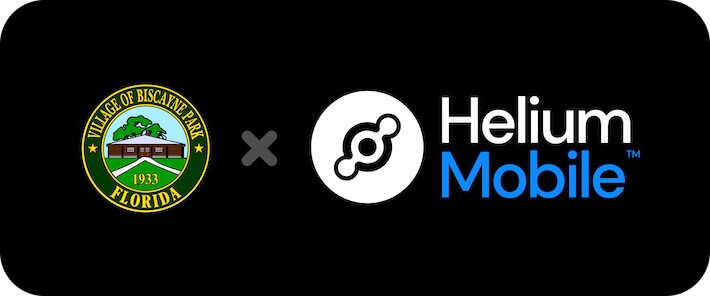
Announced on April 29, Chris Truitt, the village manager of Biscayne Park, was drawn to Helium Mobile for its potential cost savings and robust network. With the village spending $2,500 monthly on employee phone plans, Helium Mobile's promise of slashing costs by up to $2,000 was compelling. Moreover, in hurricane-prone Florida, maintaining reliable cellular connectivity is vital for first responders. Helium Mobile's resilient and decentralized network, supported by Helium Mobile Hotspots, offers a durable alternative to traditional cell towers, which often fail in natural disasters, thereby enhancing community safety and communication.
Read more in the Helium Mobile blog post.
Telefónica and Nova Labs launch Helium Mobile Hotspots in Mexico
Announced on January 24th, 2024, Telefónica (NYSE: TEF), the world's leading telecommunications services provider, and Nova Labs, a pioneer in decentralized wireless communication technologies, launch Helium Mobile Hotspots in Mexico. Telefónica customers to connect to the Helium Mobile Network in a secure and controlled manner using their existing SIM to offload mobile data through Helium Mobile Hotspots.
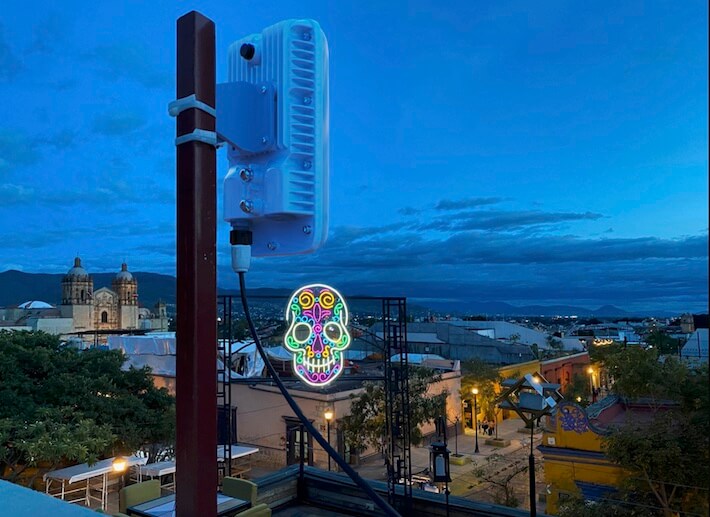
José Juan Haro, Chief Wholesale and Public Affairs Officer at Telefónica: “Telefónica is exploring ways to expand coverage through innovative, lower-cost, cooperative-based solutions. This program in Mexico is critical to evaluate the performance and customer satisfaction of this solution and its associated costs. Our expectation, if successful, is to incorporate this into our portfolio of mobile networks in the different countries of the region”. Read in the news.
Protocol Developments
Over the past quarter, the Helium MOBILE Network has seen notable advancements driven by strategic updates and improvements. To better align coverage with user demand, a new mechanism allows service providers to boost coverage in high-demand areas by burning tokens, incentivizing Hotspot deployment in these regions and optimizing overall network performance.
The network now differentiates between Wi-Fi and CBRS signals for reward distribution, ensuring a fairer and more balanced expansion. This change allows both signal types to earn rewards independently, fostering equitable growth and encouraging diverse Hotspot deployments.
Finally, a reclassification of CBRS radios as experimental was introduced, potentially reducing their rewards while increasing those for Wi-Fi Hotspots. This adjustment encourages the deployment of more reliable Wi-Fi Hotspots, thereby enhancing network stability and coverage quality.
Governance Updates
HIP 98, Quality of Service (QoS) standards have been introduced, categorizing speed tests into five tiers and promoting more consistent and reliable network performance. This formalization of QoS requirements ensures users experience dependable service levels across the network. Additionally, a phased approach as defined in HIP 103 was implemented to optimize Hotspot rewards, focusing on urbanization, foot traffic, and land type data. This strategy prioritizes deployments in urban and high-traffic areas while discouraging coverage in unpopulated regions, resulting in more effective and concentrated network distribution.
Governance has also been enhanced with the recent elections for the MOBILE Working Group, bringing in new members who provide a mix of continuity and fresh perspectives. This ensures dynamic and effective decision-making to support ongoing network development. Although HIP 107, a proposal aimed at empowering service providers to deactivate suspected gaming radios did not pass, highlighting the need for continued vigilance and alternative measures to maintain network integrity.
Efforts to equalize Proof-of-Coverage (PoC) rewards for Wi-Fi Indoor and Outdoor Hotspots were proposed but failed to pass. Notably, this proposal had the largest voting participation for the MOBILE network, reflecting strong community engagement.
Helium Foundation
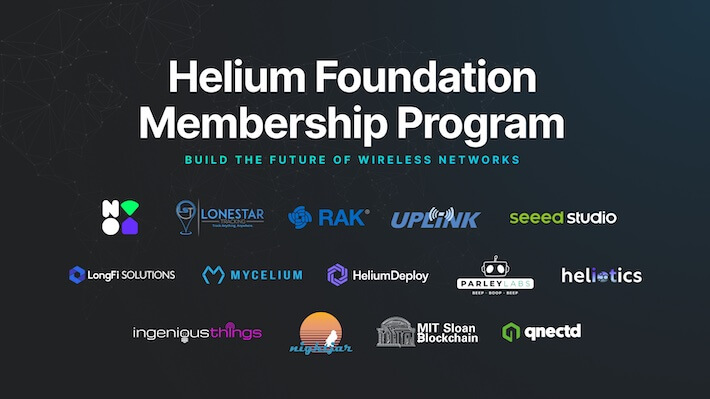
The Helium Foundation formally launched its membership program on March 14th under a U.S. not-for-profit 501(c)(6) framework to further the Foundation's mission of expanding and educating the public about decentralized wireless networks. Several members are longtime contributors to the growth of the Helium Network and are familiar to most of the community. The membership program will continue to expand in order to scale advocacy and education, as well as support the Foundation's work.
In 2024, the Foundation is focusing on increasing public awareness, onboarding more users to the network, protocol engineering, and demonstrating the network's utility through real-world use cases. Plans are also underway to expand membership to individual contributors, particularly Hotspot hosts, with more details to be announced soon. The Foundation is committed to fostering collaboration across its network and will continue to update the public on its progress and member contributions throughout the year. Read the full announcement here.
Only Possible On Solana
Helium Foundation team members participated in the "Only Possible On Solana" video campaign. Video produced by the Solana Foundation. Watch the full video.
Mtndao
Joey Hiller from the Foundation team attended Mtndao and helped onboard Solana devs to LoRaWAN, Hacker House hosted by Cypher Protocol and Margin Fi. Watch the full video.
Web3 Mass Adoption presented by Fireblocks
A Deep Dive into Web3 Mass Adoption presented by Fireblocks. The discussion was moderated by The Block's Frank Chaparro, Host of The Scoop, with perspectives from Sergio Silva - Senior Director, Web3; Zedd Yin- Co-Founder, Magic Eden; Scott Sigel - COO, Helium Foundation. Listen to the recording.
The 100 X Podcast
The 100 X Podcast with Matthew Walker, Cesar Martine, and Abhay Kumar from the Helium Foundation. Watch the recording.
X Spaces
The Current Development and Strategies to Breakthrough with Abhay Kumar, CEO of the Helium Foundation. Hosted by KuCoin Labs. Listen to the recording.
X Space hosted by Moby Media with Abhay Kumar and Joey Hiller of Helium Foundation. Listen to the recording.
MOBILE & DePIN X Space with Abhay Kumar, CEO of the Helium Foundation. Hosted by Backpack. Listen to the recording.
DePINscan 1.0: Trusted DePIN Data Twitter Space hosted by IoTeX with Scott Sigel, COO from the Helium Foundation. Listen to the recording.
DePin: Web3 solution to the climate crisis hosted by Solana ReFi and Sunrise Stake with Joey Hiller from the Helium Foundation. Listen to the recording.
Solana's DePIN Pioneers hosted by Orca. Render Network and Helium Foundation team member Scott Sigel, COO, share their perspectives on DePIN's evolution. Listen to the recording.
Ecosystem
Helium's HNT Token was listed on Backpack
Helium's HNT token was listed on Backpack on January 1, 2024, improving accessibility for users. This listing expands the availability of HNT, allowing more people to trade and use the token. It represents a key step in amplifying the token's utility.

DePINs Highlighted at Web 3.0 Hong Kong Event
At the Web 3.0 Hong Kong event, decentralized physical infrastructure networks (DePINs) like Helium, DIMO, and Hivemapper were prominently discussed. The vision for DePIN looks compelling—a world where infrastructure is not only more accessible but also more responsive to rapidly changing needs. Incentive rewards encourage individuals to share resources, facilitating the coordination and expansion of physical infrastructure networks.
Solana Scribes Hackathon
Congratulations to the winners of the Helium track in the Solana Scribes Hackathon! Prizes totaling $15,000, distributed across HNT, IOT, and MOBILE tokens, have been awarded to the successful participants. This track was sponsored by the Helium Foundation.
The Helium Foundation also invites the community to continue contributing to Helium Docs, an open-source guide for the Helium Network.
Thanks are extended to all participants, ccall48, Dumpling-girl, heatedlime, JustAnotherDevv, Siegfried-B, lytzV, Perronef5, 0lav, alexcorvis84, Bianca-Cassemiro, DanielChrobak, dkdocs, Ducktatorrr, Ekemini004, ilovespectra, ImmuneFOMO, kamalbuilds, Kelechikizito, MeremArt, nermalcat69, omahs, rekxor, web3yaso, and y2danny for their engagement and efforts. Watch the video for more details.
Community Resources and as
Monthly Community Calls
The Helium Foundation team also hosts monthly community calls to give updates on the upcoming events, governance matters, App updates, and any upcoming events for the community to meet IRL. You can find the previous recordings of the community call on the Helium Foundation YouTube channel.
- January Helium Community call recording
- February Helium Community call recording
- March Helium Community call recording
- April Helium Community call recording
Helium Foundation produced educational videos
Conclusion
As we conclude the first Helium Protocol Report of 2024, we reflect on the substantial progress made and the exciting trajectory ahead for the Helium Network. Throughout the first quarter, both the IOT and MOBILE ecosystems have demonstrated robust growth, marked by strategic partnerships, advancements, and significant community-driven initiatives.
Our commitment to a decentralized wireless network has deepened with the full transition to Modular Governance, ensuring even more transparency and stakeholder engagement than ever before. The approval and implementation of several Helium Improvement Proposals (HIPs) have not only optimized the network's performance but also broadened the service capabilities to underserved areas, positioning Helium at the forefront of innovation in the wireless industry.
We are grateful to our community, partners, and all contributors who continue to support and evolve with the Helium ecosystem. Your commitment fuels the network's mission to provide secure and cost-effective wireless coverage worldwide. The Helium community is set to achieve new milestones in 2024 and beyond.
The Protocol Report will be produced and published by a third-party research firm going forward. Subscribe to the Helium Foundation monthly newsletter.